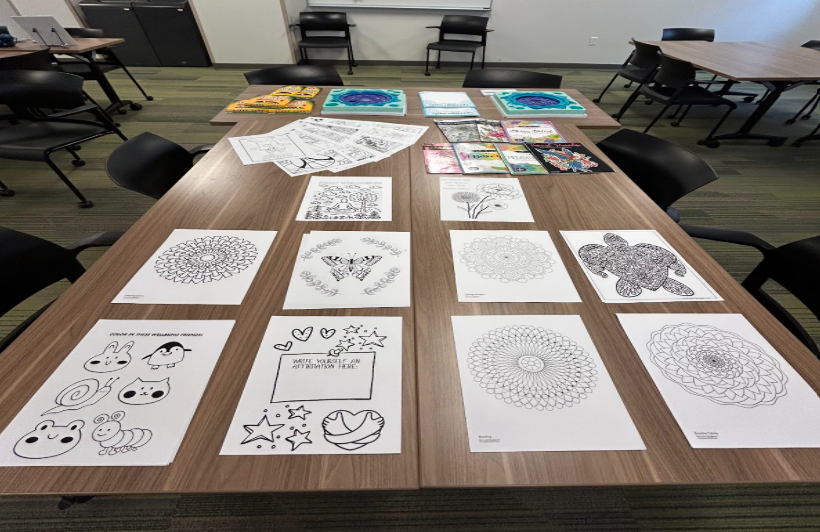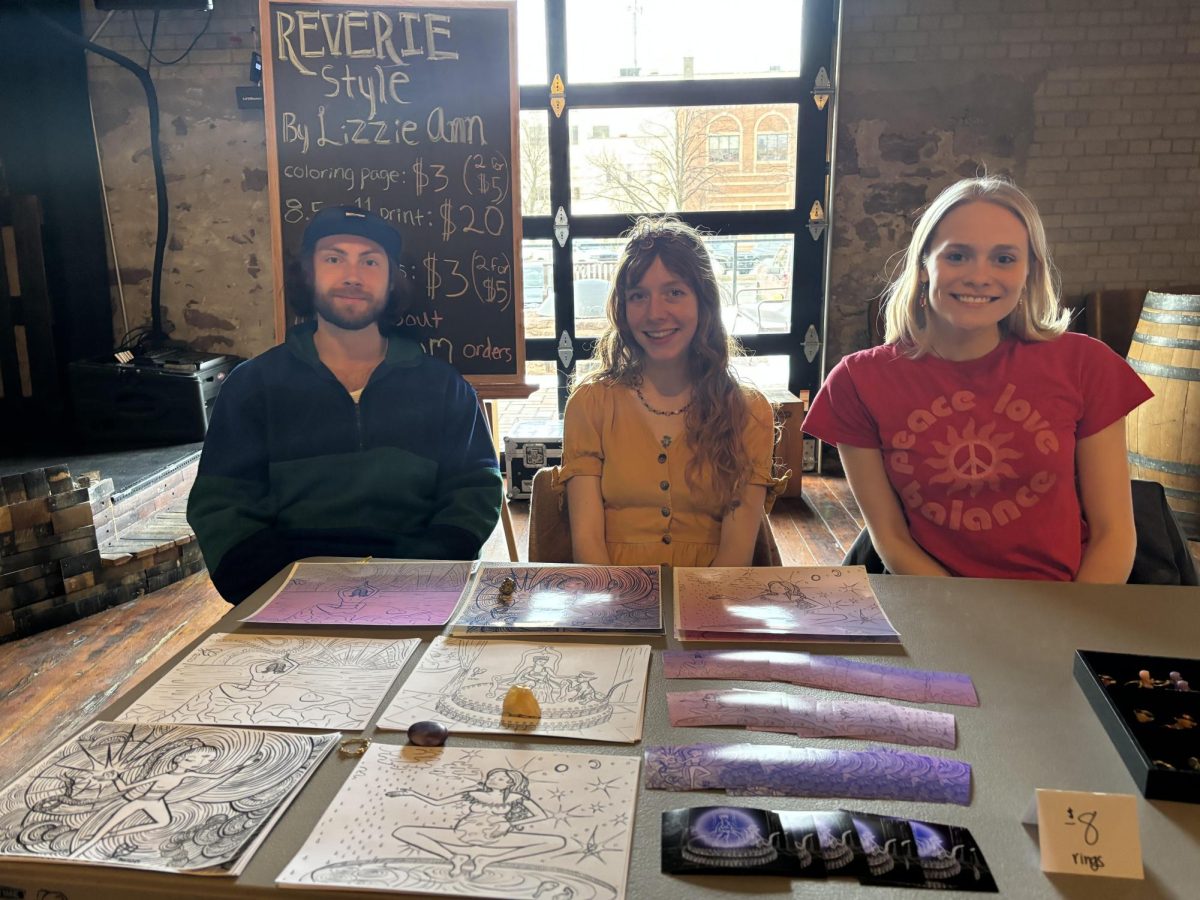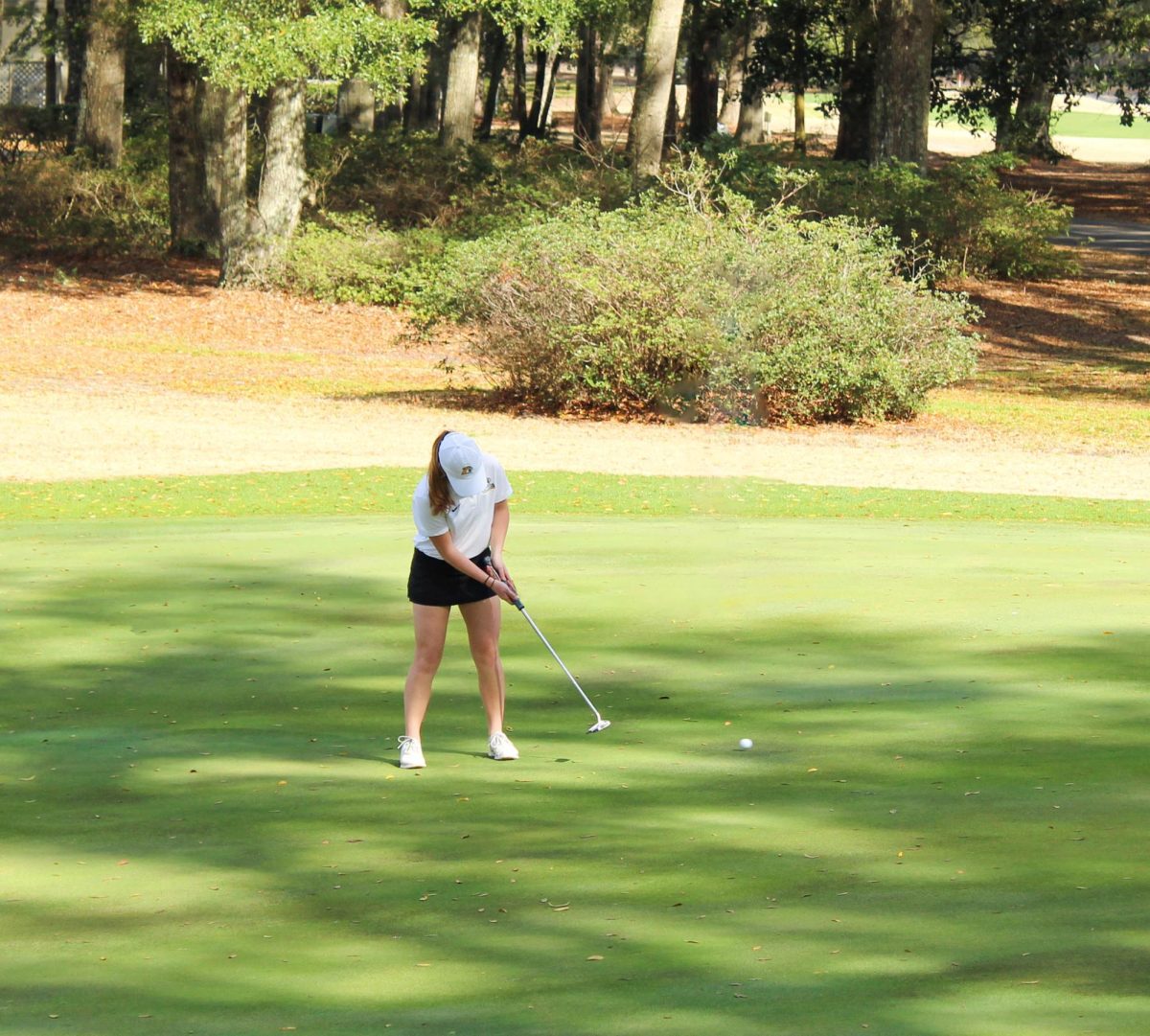In the past six months, we have all watched our way of life slowly change and develop into something that we can now call normal. When the social distancing guidelines first came out, it felt foreign and strange to stand 6 feet from a person in conversation. When the mask mandate came out, I for one thought that masks were extremely difficult to breathe in.
Over time, however, I stopped thinking about how strange social distancing was and I found that breathing in masks became easier to a point of where I don’t really notice wearing them anymore.
Even though these changes seem normal now, I’ve been realizing that the way that we are communicating is changing drastically due to social distancing, masks and the large increase in online communication.
Whether or not we realize it, everything we do is a form of communication. We interact with others in groups and one-on-one, but we also interact on a global platform.
My question is, how are all of these forms of communication impacted by a quarantine? I don’t even think that we have even begun to fully realize the consequences. More importantly, are the changes in how we converse with one another a good or bad thing?
Body language is one aspect of interpersonal communication that has been impacted by the mask mandate. But it’s also one of the largest and most under-acknowledged pieces of communication. Across all cultures, everyone can express the emotions of fear, happiness, anger and sadness without saying a word. Even people with degenerative brain diseases rely on facial expressions to read the moods of those around them.
“People with dementia are usually able to interpret facial signals correctly: they interpret a smile as a sign of joy and compressed lips as a sign of anger,” according to an article published by The Journal of the American Geriatrics Society. “They can tell from the sound of our voice, our posture, and our speed whether we are relaxed or stressed, in a good mood or angry. A lot of this is missing right now—and many of us do not even realize it!”
While it is true that body language can be communicated through posture and positioning, without facial expressions, emotions can easily be misidentified when part of our faces is obscured.
This problem can occur with fellow students, professors in in-person class settings and anyone we encounter on campus.
However, I’ve noticed that due to the difference in communication during the COVID-19 pandemic, I have become closer to the people I live with and my good friends. I can actually see their faces and see what they are feeling, and they see the same for me. While wearing a mask can feel alienating at times, I feel closer to the important people in my life—those that I can touch and not wear a face-covering around.
There are many changes that are happening in the world as a result of COVID-19, and the changes in the world around us often feel exhausting to adapt to. It’s important to notice the different ways our lives are changing, and bring to mind positives about our present situation. Changes in the way we communicate affect us on an almost unconscious level, and it can feel strange to navigate. Hopefully, the things we learn during this experience will include some things we can use to grow.


























